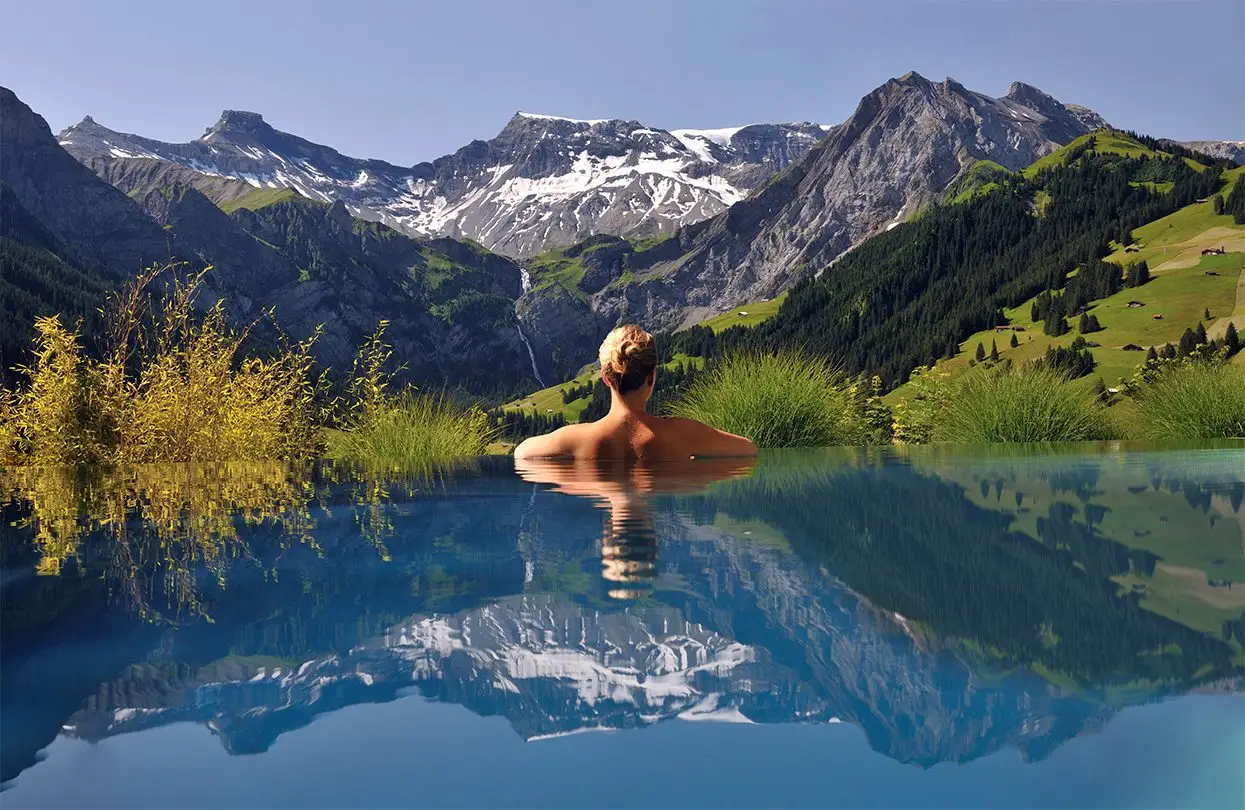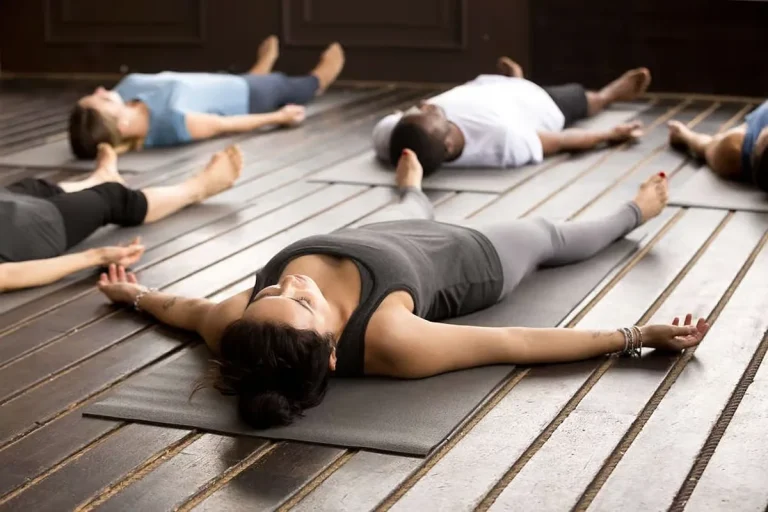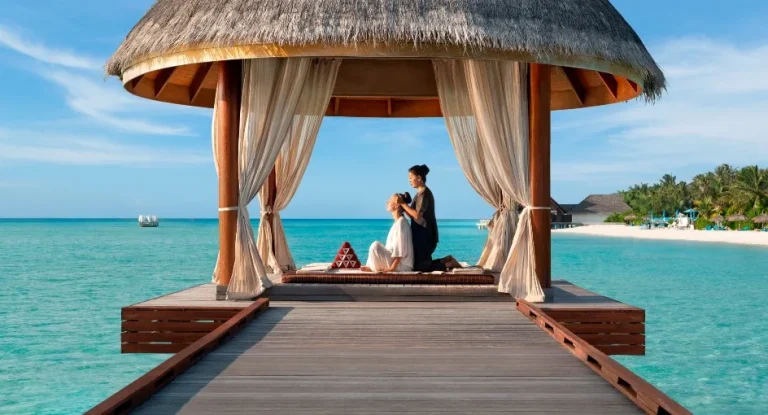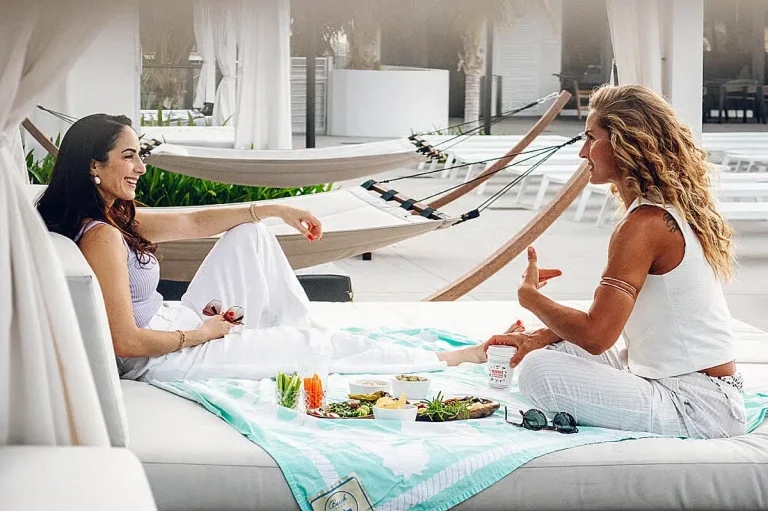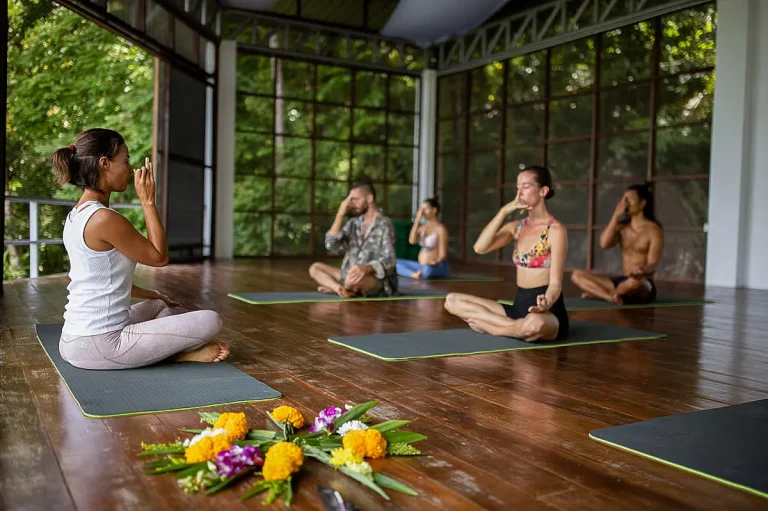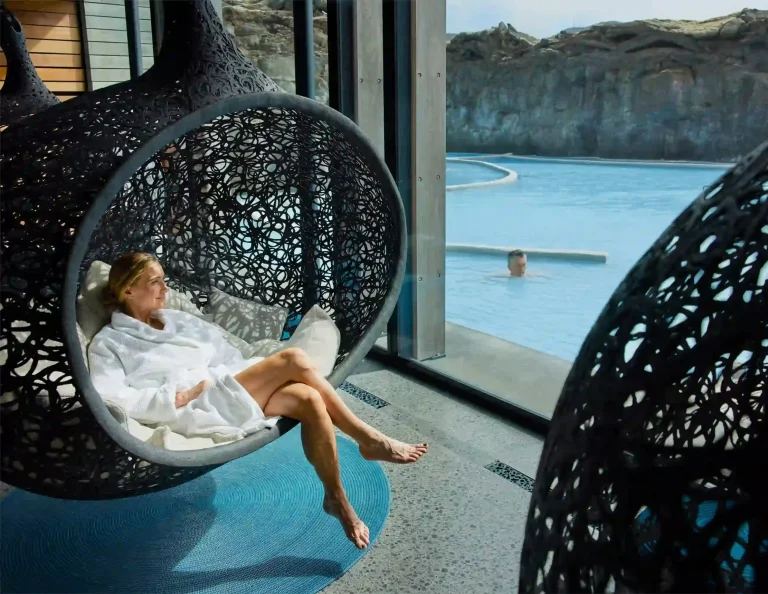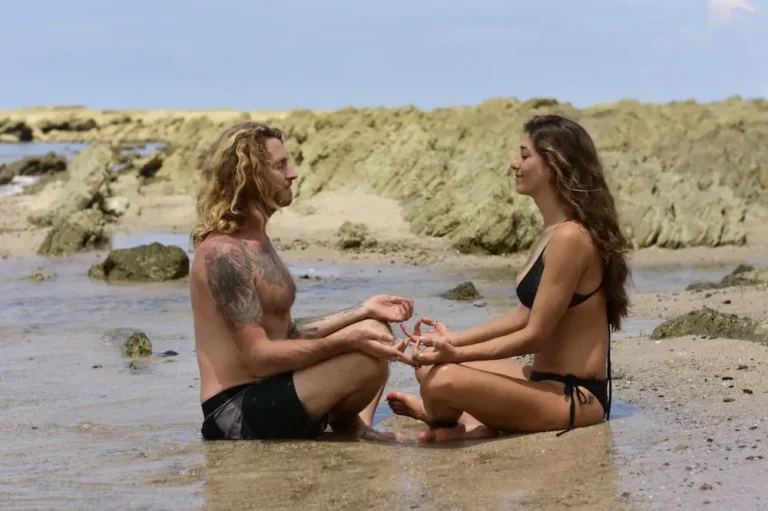Switzerland Alps Wellness Retreats: How to Book the Ultimate Alpine Wellness Escape
What Makes a Wellness Retreat in the Swiss Alps Special
A Unique Alpine Environment for Healing
The Swiss Alps offer more than stunning scenery they provide a clean, high-altitude atmosphere, glacial waters, crisp mountain air, and landscapes that invite profound mental quiet. Many retreats build their wellness protocols around altitude adaptation, mountain hikes, forest baths, and seasonal cycles unique to alpine ecosystems.
Because the environment is naturally detoxifying (low pollution, high oxygen, mineral-rich waters), retreats in the Swiss Alps often design therapies that amplify nature’s healing: cold plunges fed by mountain streams, hydrotherapy pools with alpine views, and walking meditations through forested passes.
Integration of Medical & Holistic Modalities
Top-tier Swiss alpine wellness retreats combine clinical wellness tools (lab testing, functional diagnostics, biomarker monitoring) with holistic practices (yoga, breathwork, nutrition, spa rituals). This hybrid approach allows deep, measurable change rather than only superficial relaxation.
For instance, some retreats will begin with a health assessment (blood, hormone panels), then tailor detox protocols, nutritional plans, and movement/rest schedules depending on your unique baseline. As the stay progresses, adjustments are made to maximize benefit.
Leading Wellness Retreats in the Swiss Alps
Chenot Palace Weggis, Switzerland
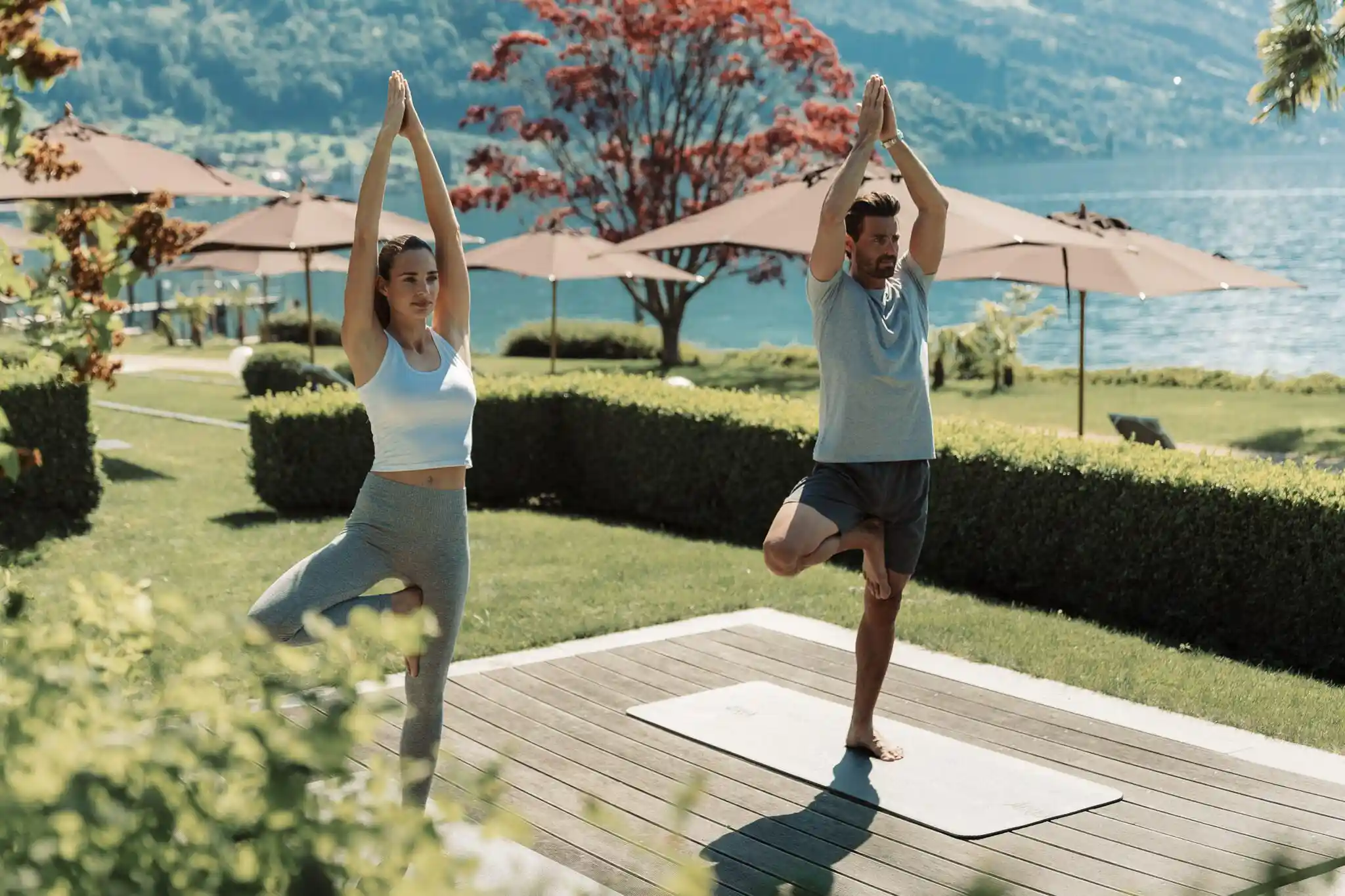
Chenot Palace Weggis is one of the most advanced wellness resorts in the Swiss Alps. It leverages the Chenot Method, combining advanced diagnostics, detoxification, aesthetic medicine, hydrotherapy, and performance optimization.
Guests begin with a detailed health screening followed by personalized programs such as “Detox,” “Recover & Energise,” “Prevention & Ageing Well,” and “Sleep Cycles.”. Their Treatments include cryochambers, altitude simulation, metabolic labs, and proprietary cleansing methodologies.
Because the setting overlooks Lake Lucerne and lies among Alpine peaks, the ambiance supports both physiological and psychological renewal.
Grand Resort Bad Ragaz, Switzerland
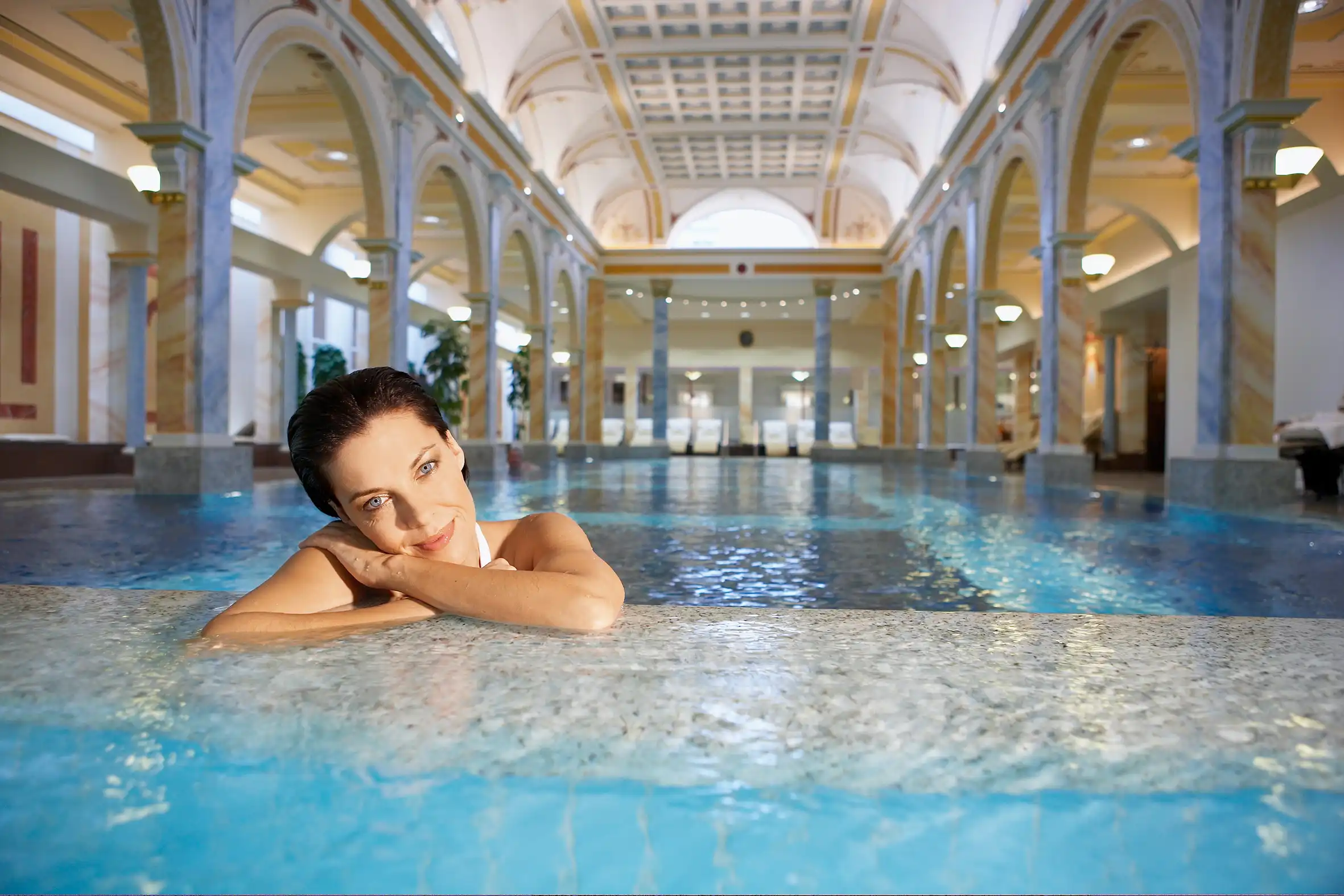
In the eastern Swiss canton, Bad Ragaz is historic for its thermal springs and medical wellness heritage. The Grand Resort Bad Ragaz combines spa, medical services, and antiquity.
At Bad Ragaz, you’ll find thermal spring pools, medically supervised therapy centers, and wellness offerings across beauty, fitness, and healing modalities. Its long tradition as a health resort has evolved into modern integrative wellness programming grounded in Swiss precision.
The Capra & Peak Health Retreat, Saas-Fee
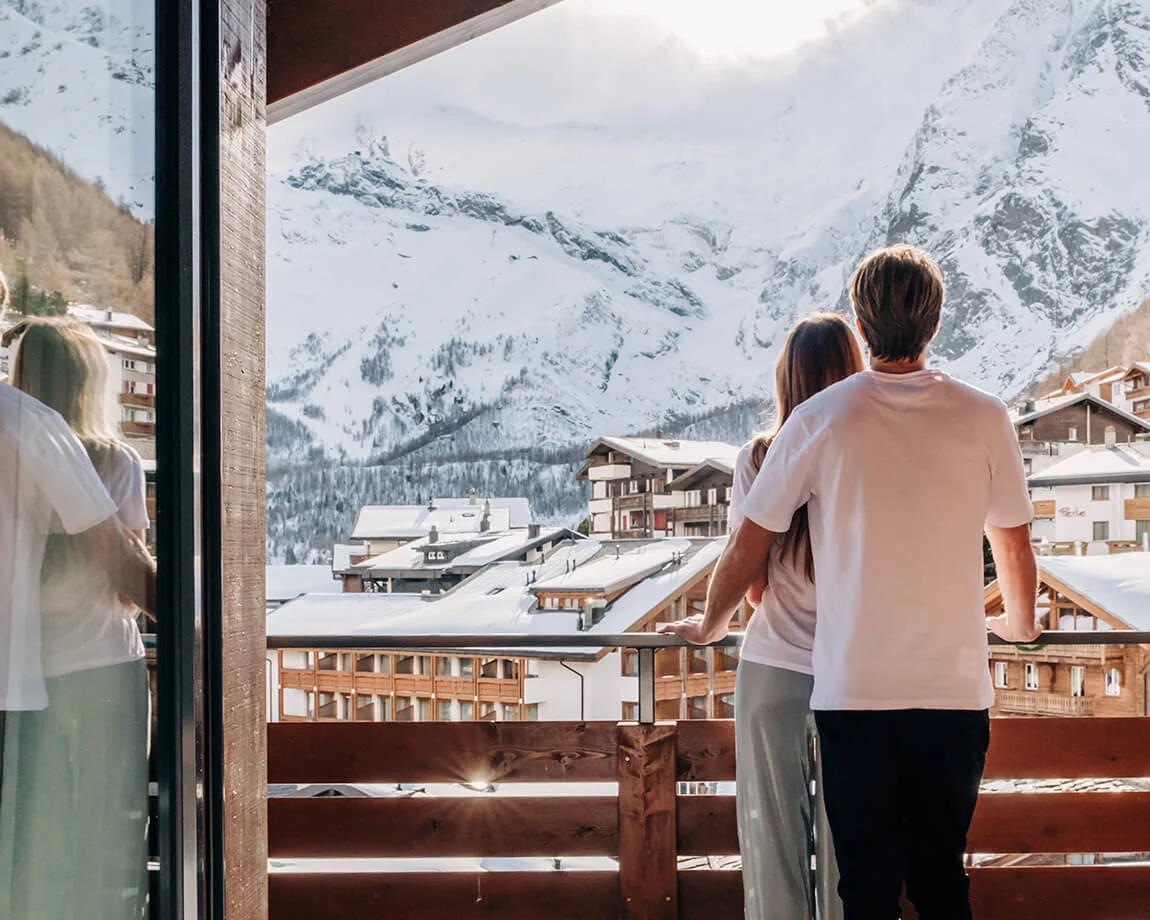
Located in Saas-Fee, The Capra offers Peak Health retreats tailored to each guest. Their method addresses habits, nutrition, fitness, sleep, mental resilience, and personalized wellness planning.
Retreats include high-altitude hikes, guided movement, meditation, evening routines, and luxury spa accommodations. The alpine setting is used as part of the protocol breathing crisp air, mindful elevation walks, and integrating nature rhythms.
Other Swiss Alpine Wellness Picks
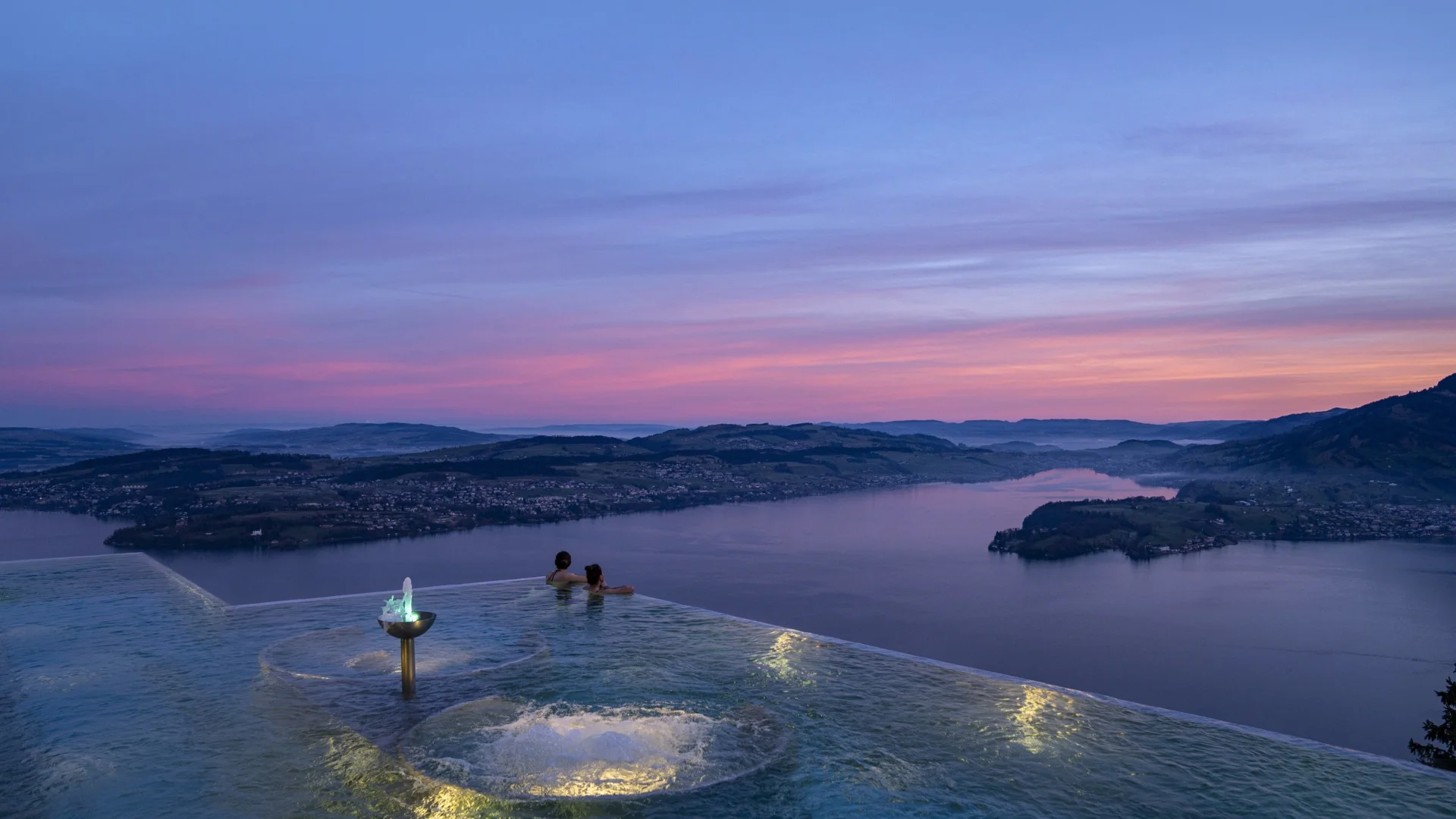
-
Bürgenstock Resort & Alpine Spa: perched above Lake Lucerne, offering cryotherapy, thermal experiences, and spa circuits that harness Alpine ambiance.
-
Six Senses Crans-Montana: blends modern biohacking treatments (LED, lymphatic therapy) with Alpine healing traditions and sustainability.
These resorts illustrate a spectrum from highly medical to more wellness-forward—allowing you to match your needs to the style of retreat you prefer.
Top Wellness Products to Support Your Alpine Retreat
To maintain and boost the benefits of your Alpine retreat, consider integrating high-quality wellness products. Below are five real-world examples, each with use-case, benefits, and purchase guidance:
Magnesium Glycinate + Ashwagandha
This formula couples magnesium glycinate (for neuromuscular support and relaxation) with ashwagandha (an adaptogen for stress regulation).
Benefits & Use Cases:
-
Helps calm the nervous system during adaptation to altitude.
-
Supports restful sleep in a new environment.
-
Mitigates muscle cramps or tension after alpine hikes.
Problems It Solves / Why Use It:
Travel fatigue, altitude stress, muscular discomfort. This product helps bridge your body from transit shock into retreat calm.
How & Where to Buy:
Available online via health supplement platforms.
Wellness Multivitamin 2 A Day 60s
A comprehensive multivitamin delivering essential micronutrients.
Benefits & Use Cases:
-
Helps fill nutritional gaps during diet transitions at retreat.
-
Supports immune function and metabolism during detox phases.
Problems It Solves / Why Use It:
When your meals shift to more restrictive or cleansing menus, you might lack certain vitamins/minerals. This multivitamin acts as safety coverage.
How & Where to Buy:
Often found at major wellness retailers or local pharmacies.
Wellness Excell‑C + Quercetin
This is a high-potency vitamin C formula enhanced with quercetin (bioflavonoid antioxidant).
Benefits & Use Cases:
-
Buffer against oxidative stress induced by altitude or cold exposure.
-
Supports immune resilience during retreat.
Problems It Solves / Why Use It:
Altitude and environmental stressors can increase free radical burden. This formula helps protect cellular health.
How & Where to Buy:
Available at wellness chains or supplement outlets.
Wellness Omega 3 1000 mg 75s
High-quality omega-3 fatty acids for systemic health.
Benefits & Use Cases:
-
Supports cardiovascular, joint, and neurological health.
-
Helps manage inflammation from physical activity or stress.
Problems It Solves / Why Use It:
Intense hiking or spa therapies can stress joints or inflammatory pathways. Omega-3s are foundational support.
How & Where to Buy:
Available via global wellness stores.
Wellness Joint Plus With MSM & Glucosamine
Joint-care formula combining MSM (methylsulfonylmethane) and glucosamine.
Benefits & Use Cases:
-
Supports cartilage and joint comfort during frequent movement such as alpine hikes.
-
Helps with recovery from daily physical challenges.
Problems It Solves / Why Use It:
For travelers unaccustomed to extended physical activity, joints can become stiff or sore. This supplement offers support.
How & Where to Buy:
Found on health marketplaces.
Benefits of Integrating Products & Technology
In a retreat, your body undergoes detox, adaptation, and recalibration. Smart nutrition and supplementation act as accelerants for this transformation. For example:
-
Altitude adaptation tools: Some retreats use oxygen chambers or biofeedback to help adjust to high elevations.
-
Wearable tracking: Heart rate variability, sleep analytics, and recovery metrics help you and the retreat team fine-tune your plan.
-
Product synergy: Using the supplements above supports internal balance while your retreat’s therapies address structural, biochemical, and energetic layers.
Together, wellness products plus high-tech monitoring reinforce and prolong the benefits of your Alpine experience.
How to Book & Plan Your Switzerland Alps Wellness Retreat
Steps to Book
-
Clarify your wellness goals – detox, sleep, resilience, fitness, or emotional clarity.
-
Research retreat styles – highly medical (e.g. Chenot), holistic luxury, mountainside immersion.
-
Compare offerings and inclusions – meals, diagnostics, treatments, transport, duration.
-
Contact retreats directly or via trusted platforms (e.g. Healing Holidays, BookRetreats).
-
Submit health questionnaire so retreat can tailor your plan.
-
Reserve your program and dates (often with deposits).
-
Receive pre-arrival guidance about packing, dietary prep, and baseline labs.
Book well in advance 3 to 6 months is typical for high-demand Alpine retreats.
Use Cases: How Retreat + Products Solve Real Problems
-
Jet lag + altitude fatigue: You arrive tired; a retreat uses sleep optimization, altitude acclimation, and magnesium supplements to re-synchronize your physiology.
-
Inflammation and joint stiffness: After hiking or motion, the retreat offers cryotherapy, movement therapy, and you support it with joint and omega-3 supplements.
-
Immune vulnerability during travel: The retreat’s wellness protocols plus Excell-C + quercetin help fortify your defenses.
-
Skin recovery post-snow exposure: Alpine UV and cold may stress skin support from detox and internal hydration aids in restoration.
-
Maintaining gains at home: Post-retreat, your product regimen and personalized plan keep the momentum alive and prevent regression.
FAQs
Q: How many days should I stay to feel real change?
A: While a short 3-night stay may bring relaxation, meaningful physiological shifts often require 5–7 nights. For deeper impact, 10+ nights helps embed transformation.
Q: Is altitude a risk or challenge for some visitors?
A: If you have cardiovascular, pulmonary, or certain chronic conditions, altitude may require medical clearance. Many retreats include acclimation protocols and monitoring to ensure safety.
Q: Can I travel with supplements and wellness products?
A: Yes, but declare them during your booking process. Some retreats may ask for your supplement list so they can coordinate or adjust their protocols.
